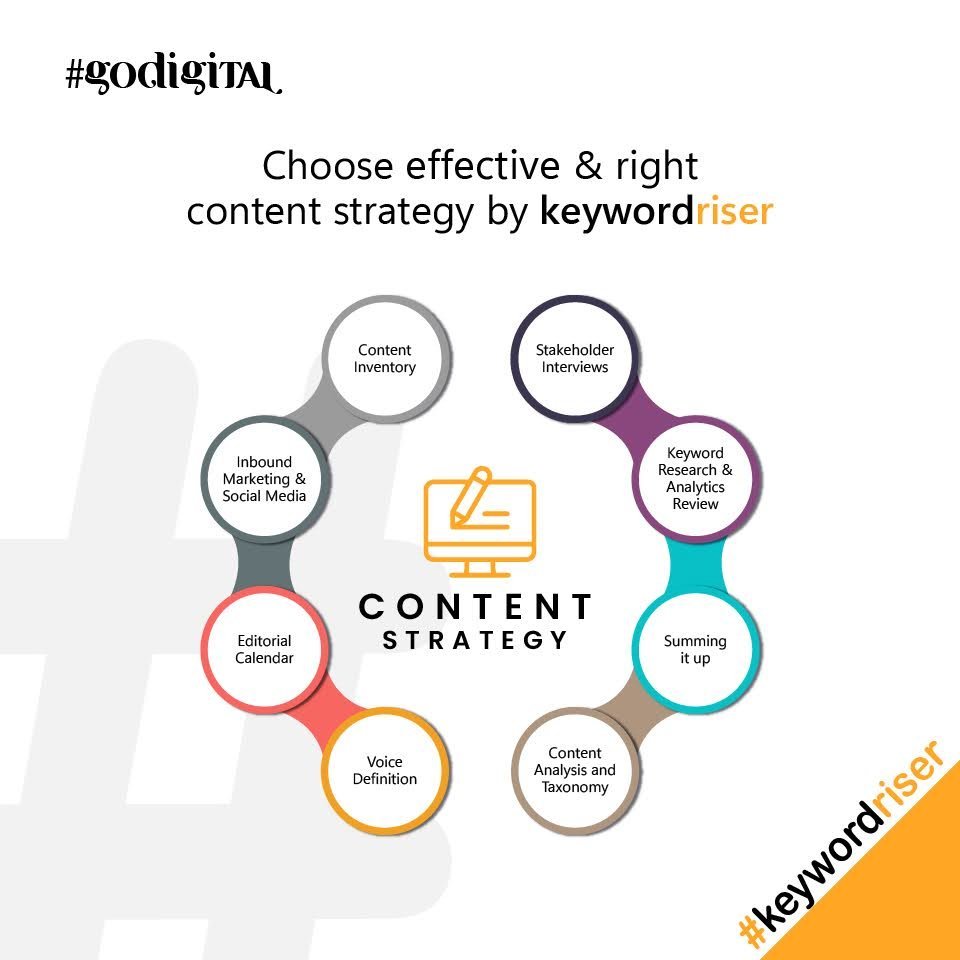Measuring Return on Investment (ROI) in digital marketing is crucial to understanding the effectiveness of your campaigns. ROI reveals which strategies are profitable and which areas need improvement, helping you make data-driven decisions. Here’s a concise guide on how to calculate and optimize ROI in digital marketing campaigns.

Measuring Return on Investment (ROI) in digital marketing is crucial to understanding the effectiveness of your campaigns. ROI reveals which strategies are profitable and which areas need improvement, helping you make data-driven decisions. Here’s a concise guide on how to calculate and optimize ROI in digital marketing campaigns.
1. Understand ROI and Why It Matters
ROI is a measure of the revenue generated from your investment. It’s calculated by comparing the profit earned to the costs involved. In digital marketing, ROI evaluates the effectiveness of campaigns such as pay-per-click (PPC), email marketing, content marketing, and social media. A high ROI means the campaign was successful in bringing substantial returns compared to its costs.
Formula for calculating ROI:
ROI=(Revenue−Cost) Cost×100 ROI = \frac{(Revenue - Cost)}{Cost} \times 100 ROI=Cost(Revenue−Cost)×100
For example, if you spend $1,000 on a PPC campaign and earn $2,500 in revenue, your ROI is:
ROI=(2500−1000)1000×100=150%ROI = \frac{(2500 - 1000)}{1000} \times 100 = 150\%ROI=1000(2500−1000)×100=150%
2. Set Clear Goals and KPIs
Before launching any digital marketing campaign, establish clear objectives. Goals could include increasing sales, lead generation, or website traffic. Each objective should have key performance indicators (KPIs) attached. KPIs could be conversion rates, click-through rates, or customer acquisition costs, and should directly reflect campaign performance.
For example:
- Sales Conversion Rate: Percentage of website visitors who complete a purchase.
- Lead Conversion Rate: Percentage of visitors who become leads (signing up for newsletters, filling out forms, etc.).
3. Track Key Metrics for ROI Measurement
Digital marketing provides measurable insights through analytics tools such as Google Analytics, Facebook Ads Manager, and HubSpot. Here are some essential metrics to monitor:
- Cost per Lead (CPL): Total campaign cost divided by the number of leads generated.
- Customer Lifetime Value (CLV): Total revenue expected from a customer over the relationship duration.
- Click-Through Rate (CTR): Shows engagement level, especially useful for email and PPC campaigns.
- Conversion Rate: Percentage of users who take the desired action (purchase, sign-up, etc.).
Tracking these metrics over time reveals insights into campaign performance, letting you assess and adjust as needed.
4. Use Attribution Models to Identify Impact
Attribution models help determine which digital marketing channels contribute most to conversions. Common attribution models include:
- First-Touch Attribution: Credits the initial interaction.
- Last-Touch Attribution: Credits the final interaction before conversion.
- Multi-Touch Attribution: Credits all touch points along the customer journey.
For more accurate ROI calculations, use multi-touch attribution to understand how different channels, like social media, email marketing, and SEO, influence conversions.
5. Evaluate Campaign Costs and Optimize
Tracking all campaign expenses—like ad spend, software tools, and production costs—ensures accurate ROI measurement. Once you've calculated ROI, identify areas for optimization. For instance, if your PPC campaign shows high CTR but low conversion rates, refine your landing pages to improve conversions.
6. Use Real-Time Analytics for Continuous Improvement
Digital marketing platforms offer real-time analytics, allowing quick adjustments based on performance. A/B testing different campaign elements (ad copy, images, call-to-action) can further refine your approach, leading to higher ROI over time.
Conclusion
Accurately measuring ROI in digital marketing is essential for identifying high-impact channels and making informed business decisions. Set clear goals, use the right metrics, and regularly analyze campaign data to ensure consistent, profitable results. Through data-driven optimizations, you can maximize your digital marketing ROI, achieving both efficiency and growth in your campaigns.
By mastering ROI measurement, you ensure every dollar spent on digital marketing drives tangible returns, building a sustainable, scalable approach to reaching your business goals.

